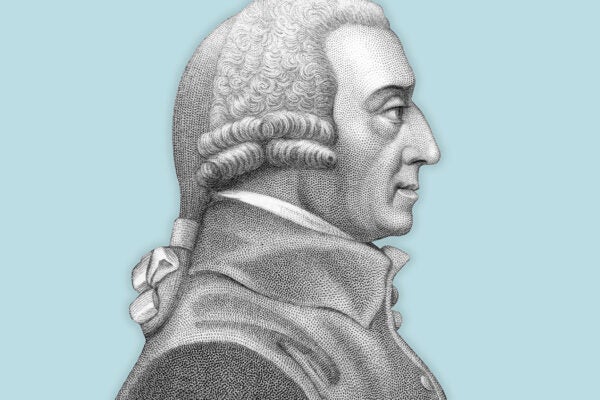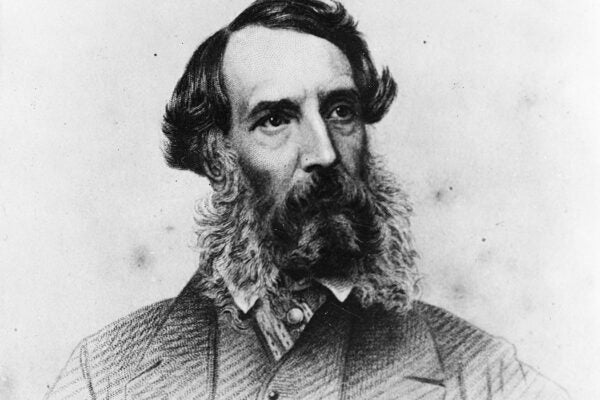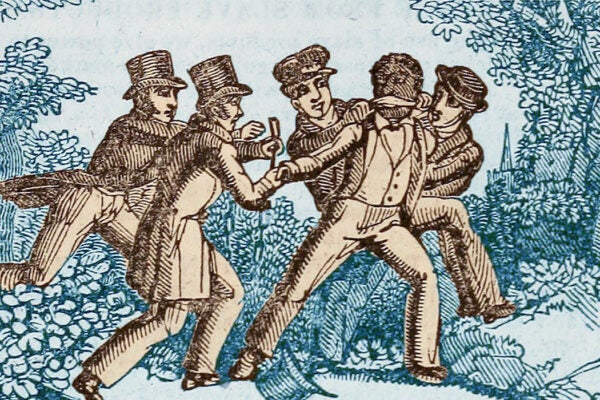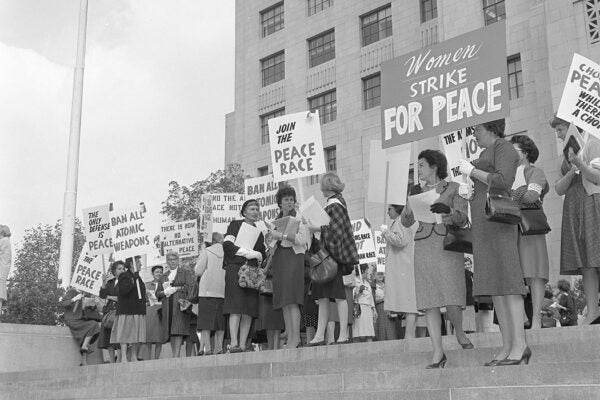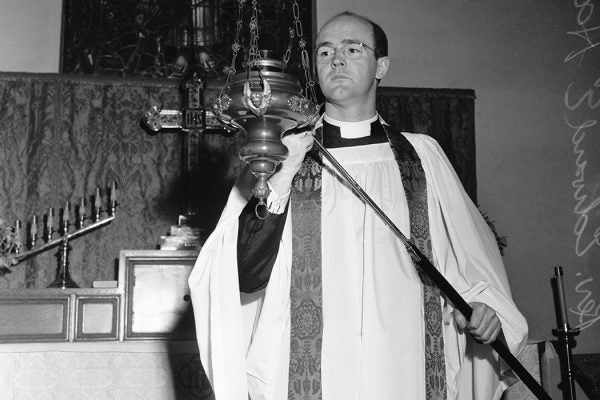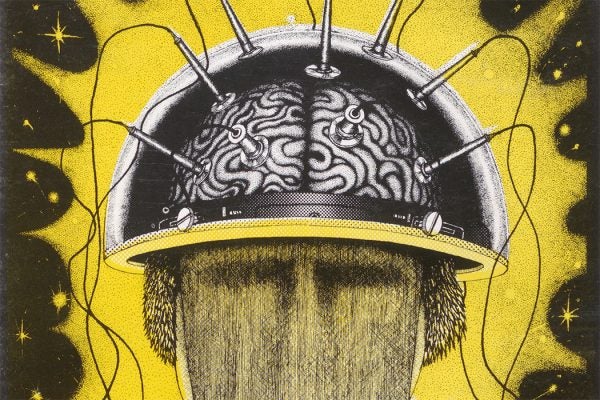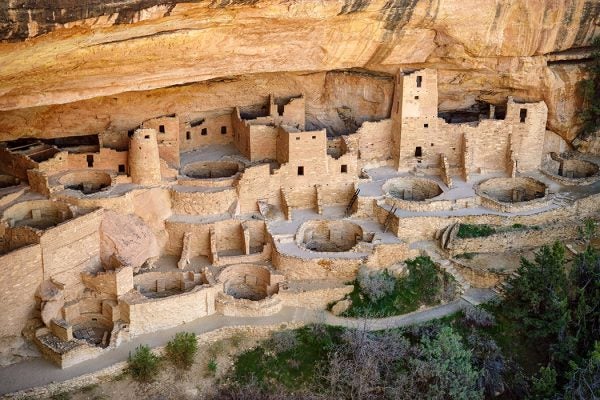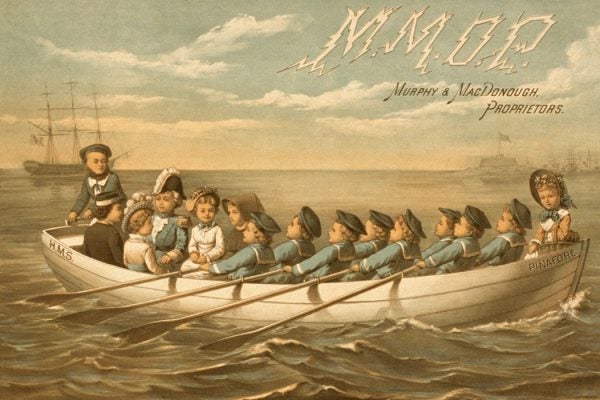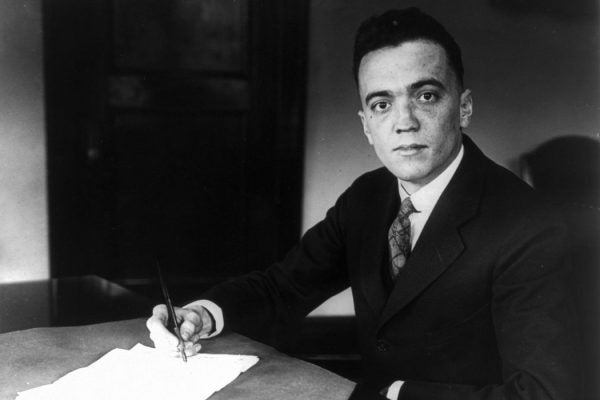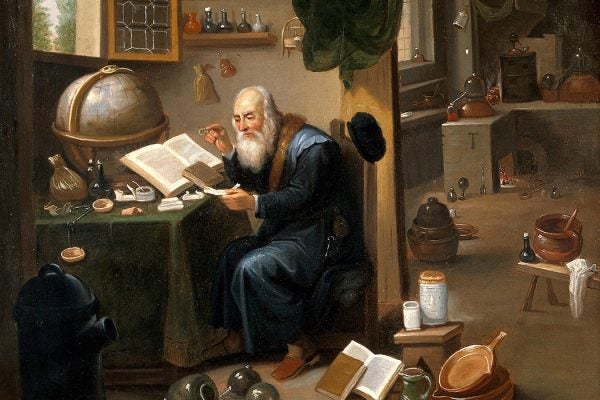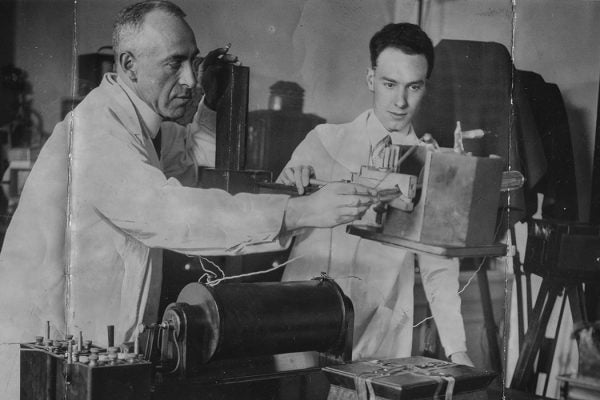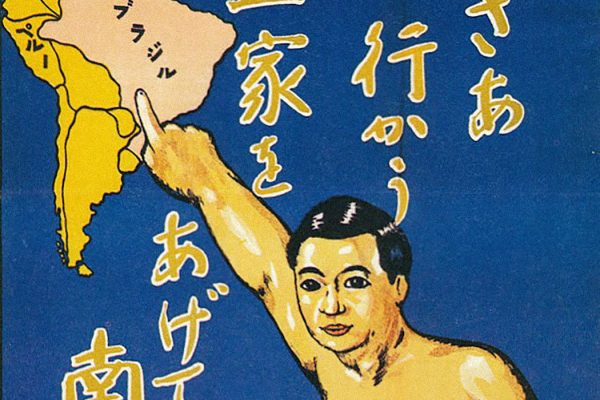Adam Smith, Revolutionary?
By 1800, Smith—once considered a friend of the poor and an enemy of the privileges of the rich—was already being refashioned into a icon of conservatism.
Eating Seaweed in the Americas
From the kelp highway to blue plate kelp specials, seaweeds are gaining greater acceptance on the dining tables in the Americas.
Art Nouveau: Art of Darkness
First named such in Belgium, Art Nouveau was intimately tied up with that country’s brutal rule of the Congo.
Arabic Hebrew, Hebrew Arabic: The Work of Anton Shammas
Within the alienated and antagonist cultures inside Israel’s borders, Arabic and Hebrew—related, but mutually unintelligible languages—cross-fertilize each other.
The Renaissance Lets Its Hair Down
The notion that everybody was going to be hairless in Heaven may not have sat well with Italian Renaissance painter Sandro Botticelli.
When Intellectuals Split: The Eyre Case
Public intellectuals in Great Britain disagreed on what to do with Governor Eyre after his heavy-handed response to the 1865 Morant Bay Rebellion in Jamaica.
To the Lighthouses: A Path to Nationhood
Instilling confidence among merchants and ship captains was an area in which most agreed the new federal authority could and should act.
Long Before Sputnik: An Explosion of Federal Science
The National Academy of Sciences was created by the United States Congress during the American Civil War. The timing wasn’t coincidental.
Wanting to Believe In Rainmakers
A form of entertainment and outgrowth of desperation, self-styled rainmakers allowed the powerless people of the Great Plains to seemingly take action.
High Water and Its Discontents
About half of the world’s population depends on water from the Hindu Kush Himalayan region. Can India's hydro-hegemony help avoid war over this limited resource?
John Donne’s Listicle For the Well-Prepped Courtier
“The Courtier’s Library” is a list of books every courtier should know about, a cheat sheet for name-dropping in society. The trouble? Its books are imaginary.
Kidnappers of Color Versus the Cause of Antislavery
Thousands of free-born Black people in the North were kidnapped into slavery through networks that operated as a form of “Reverse Underground Railroad.”
HUAC versus Women Strike for Peace
American leftists were hamstrung by the Cold War’s domestic clampdown on communism, but in the 1960s, Women Strike for Peace re-wrote the book of dissent.
Fair Housing: A Church Against Itself?
A ballot measure aimed at overturning California’s 1963 Fair Housing Act revealed some serious divisions within the Episcopal Church.
Toxic Legacies of WWII: Pollution and Segregation
Wartime production led directly to environmental and social injustices, polluting land and bodies in ways that continue to shape public policy and race relations.
Origins of Child Protection
Legend has it that the campaign to save abused children in New York was driven by the Society for Prevention of Cruelty to Animals. The truth is more complicated.
The Fatal Current: Electrocution as Progress?
The electric chair was promoted as civilized and at the same time imbued with the technological sublime, the mystery of electrical power harnessed by humans.
Why Did They Leave the Pueblos?
The Ancestral Puebloans were driven from their homes in the American Southwest by a combination of factors rather than a single cause.
Topsy-Turvy: Children in Adult Roles
The number of children acting like adults on stage reflects how conflicted nineteenth-century Anglo-Americans were about the definition of childhood.
The Pan-American Highway and the Darién Gap
The Pan-American Highway began a century ago with a vision of unfettered motor-vehicle access between Alaska and Tierra del Fuego. What happened to the dream?
The FBI and the Madams
J. Edgar Hoover saw the political effectiveness of cracking down on elite brothel madams—but not their clients—in New York City.
When Did Alchemy End?
Despite royal prohibition, transmutation efforts continued underground long after the widely accepted dates for their demise.
Ghosts of Landed Gentry, But Never the Ghosts of Serfs
Psychical researcher Harry Price combined the power of academic language with a cultural identity crisis to build a reputation as a “scientific” ghost-hunter.
Mussolini’s Colonial Inspiration
In its plans for the conquest of Eastern Europe, the Third Reich looked to the example set in Africa by Fascist Italy.
Asian South America
The migration of Asian people—from India, from China, from Japan—to South America and the Caribbean began as early as the sixteenth century.

